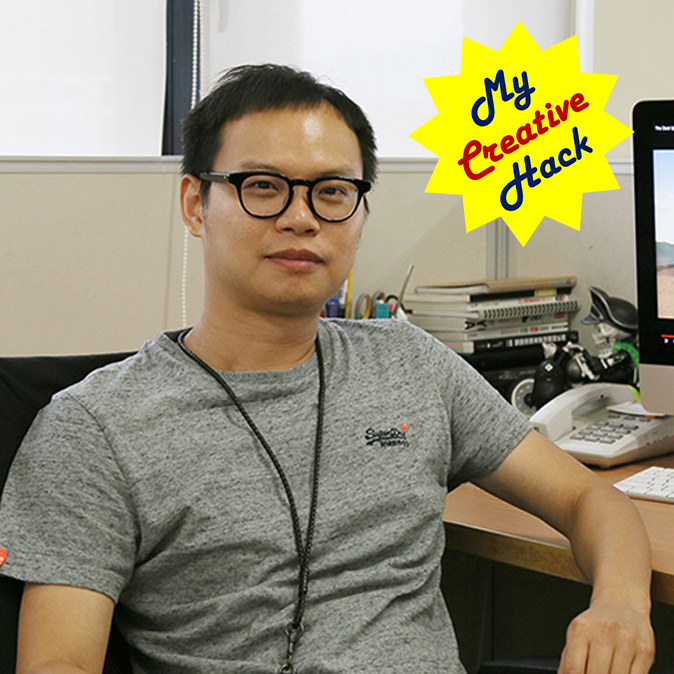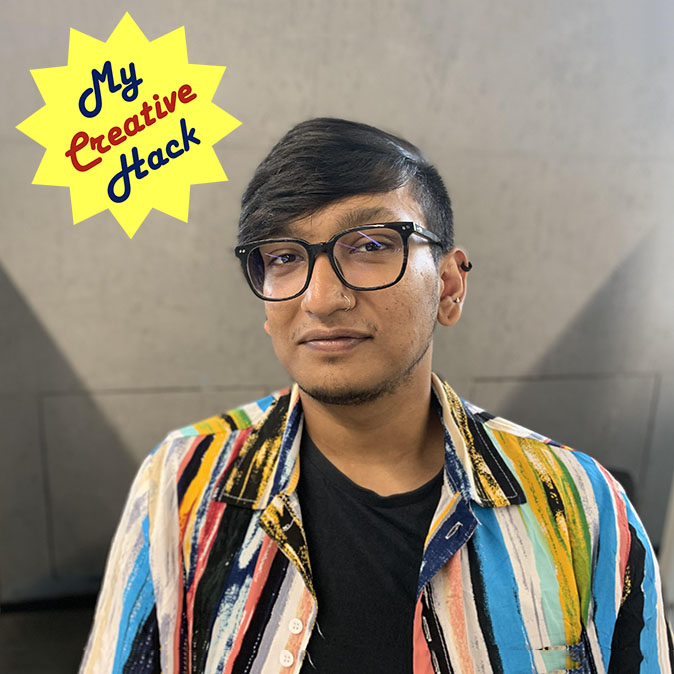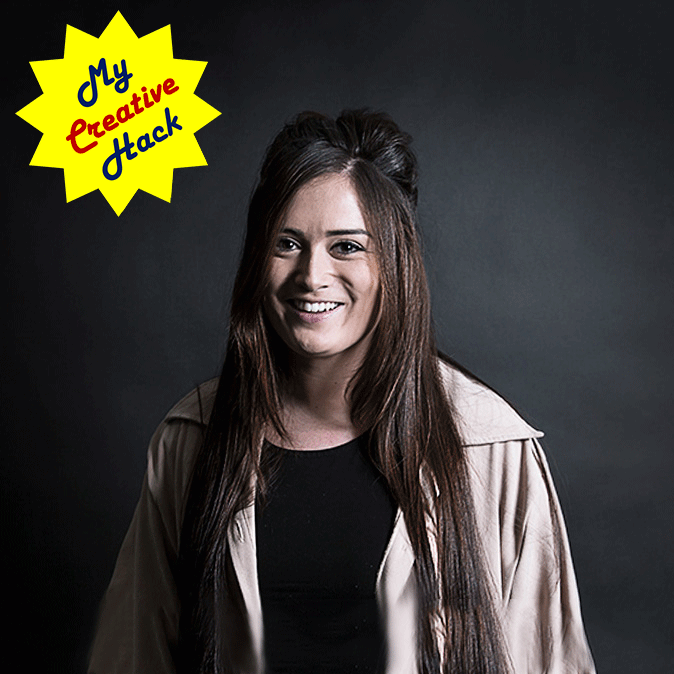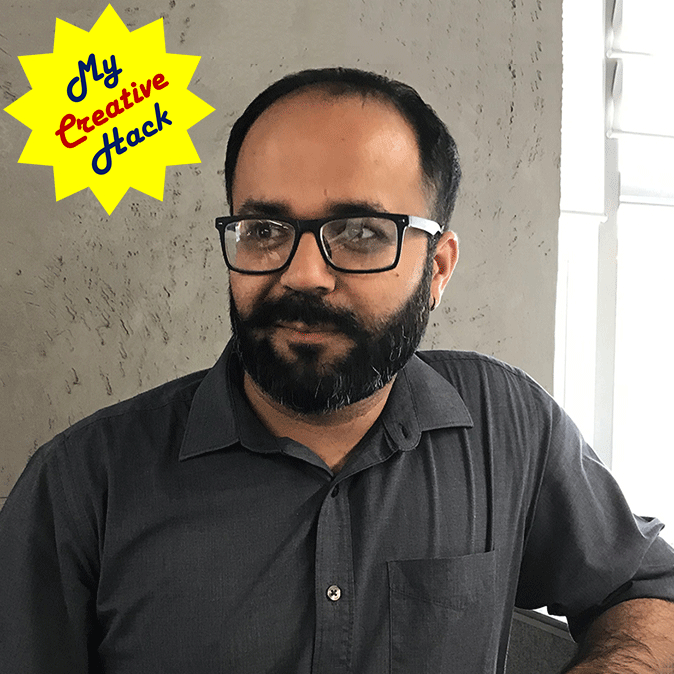- Viewpoints
My Creative Hack is a series of articles that introduces tips, practices, techniques and know-how that our experts use every day in their work to come up with new ideas, pinpoint the best ones and foster team work, etc. Here Tram Anh (Strategic Planning Manager, Hakuhodo Vietnam Co., Ltd.), Thuy Le (Senior Strategic Planner, Hakuhodo & Saigon Advertising Co., Ltd.) and Linh Tran (Junior Strategic Planner, Hakuhodo Vietnam Co., Ltd.) provide two ways to improve creativity at work.
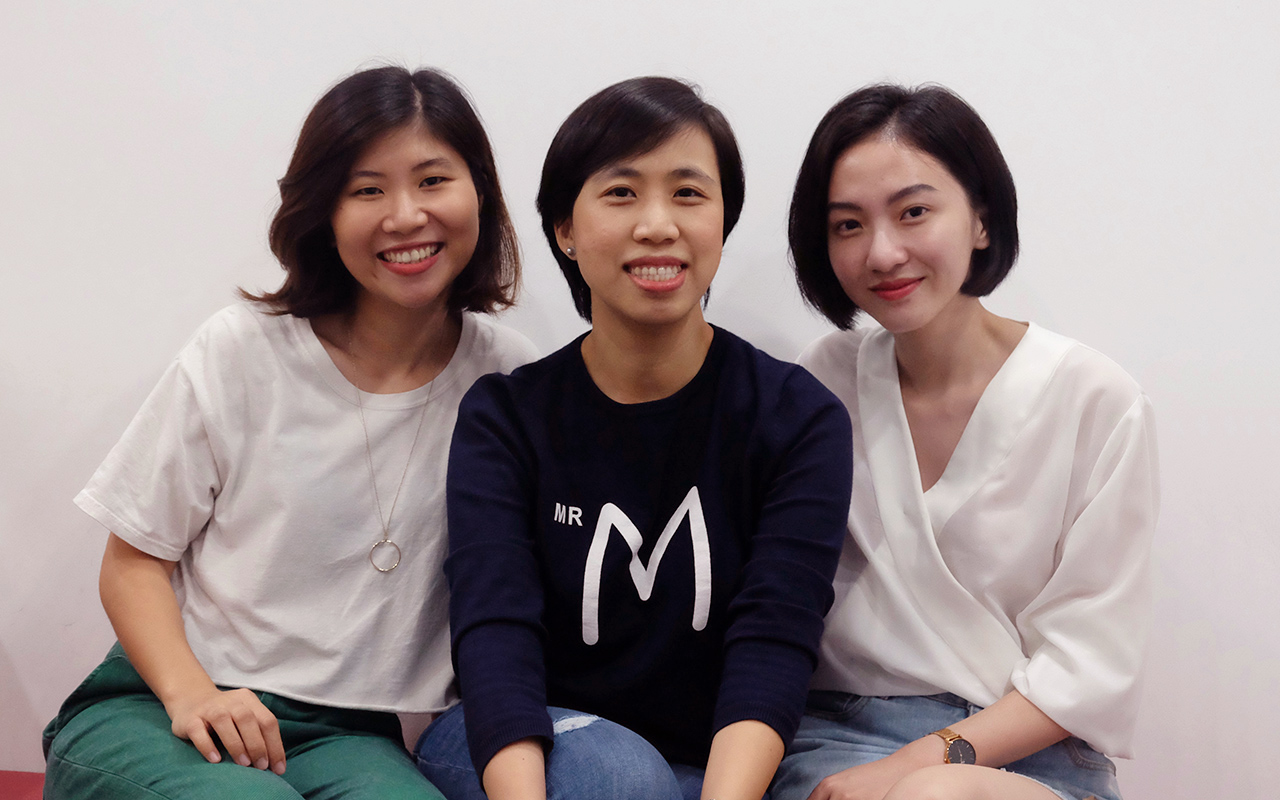
Ideas—they’re such a pain in the organs sometimes! It usually happens that when we need them the most, we can’t come up with any. But when we’re most unbothered, like when tying up our shoelaces or in the shower, out of nowhere we come up with great ones. Why is that?
It is because our brains (and your brain, too) never stop brainstorming, subconsciously. Even when our conscious mind stops brainstorming ideas, our subconscious mind doesn’t. It still gathers all the things we ever knew, thought, felt, imagined, etc., to form new ideas. Hence, what we choose to put into our minds is extremely important. It all contributes to form the direction of our creativity.
For us planners, creativity is reflected in how we diversify our approaches, be it to client’s problems or the way we inspire the creative team. For that, we collect sei-katsu-sha insights, successful case studies, trends, and just everything we find cool in life. By doing this, we give the mind more reference sources for thinking.
Additionally, we also give our mind exercises. Because whatever it takes in, it needs to pull out for practice. It’s like we help the mind connect all the information it stores using logic.
In this article, we introduce you to two ways that we young planners are using to improve our creativity at work.
1. Build up reference sources for thinking
There are various sources for collecting references for our thinking. One of the ways we do this is through exposure to real sei-katsu-sha insights.
The traditional way of doing this is through research interviews. Every planner does this, us three included. But sometimes one or two interview sessions aren’t enough to find useful insights. Plus, in such unnatural setting, interviewees can be biased or feel pressured to give the “right” answer, rather than to express their real opinions.
That is why we build our sei-katsu-sha insight reference sources daily, not just when the job demands it. We do that by actively approaching people for a talk (when appropriate, obviously).
The number of times this small action has helped us in planning is countless. One time, one of us had a conversation with the kids in her neighborhood about random things. But none of the topics really interested them, except for talking about toys. They were also interested in mobile phones, but for the games they could play on them, not for the phone itself. The phone was nothing more than a toy.
Today, we’re thankful for that conversation because it helped us win a pitch for a camera brand. The brand wanted to attract elementary kids to take photos with their cameras. All the quantitative research and focus group discussions had given us no clue. But a single conversation that we thought was useless gave us the idea to turn cameras into toys and that idea worked out amazingly.

Aside from making conversation, you can also try eavesdropping on conversations. Because—let’s be real— that takes less time and effort. We do that by visiting the most “chatty community” in the city, observing and hearing people’s conversations.
In Vietnam, there is no better place for this than the coffee shops. There are millions of coffee shops from the very low priced to the very high end, from local brands to international ones in very diversified styles that can help us explore different topics with different people. The findings might not be useful to our work right away, but they eventually can be.
Finally, don’t forget to collect those insights in insight books like ours for future use!

2. Give your mind practice with the B2U method
Forget B2B and B2C. It’s B2U—Breakdown to Understand—that you need. It’s a name we came up with to easily explain our deconstruction method. In this method, we break successful advertising campaigns down into their strategic components. The final goal is to clearly see the strategic approach to that problem, as well as how the idea was brought to life.
Here’s how we do it. First, we collect case studies. We have various folders full of case studies that we love. Then we break them down in reverse order by answering these questions:
• What was the idea?
• How did the idea make life better?
• What was special about the brand that made the idea possible?
• Who would feel most resonance with the idea and be more likely to act on it?
• What were the issues that needed to be solved, either from the perspective of the brand or from society?
But hey, don’t do the deconstruction alone! The point of this exercise is to see how different people’s points of view can be. Make sure you have a partner to deconstruct with. You’ll be amazed.
Deconstruction has helped us tremendously in the way we see and solve problems for clients. For every problem, even the most common ones, there are always new ways to approach them. Just knowing this has given us a lot of encouragement to thrive and be creative in our planning.
A case study that gave us a different viewpoint when we used the B2U method on it is Red Restaurants List by Hakuhodo Kettle. The work is a guide to great old restaurants in the rural town of Takasaki that were in danger of closing forever due to aging owners, run down premises and a lack of successors. Usually when building a proposition for a brand, we try to ignore its weaknesses and focus only on its strengths. But breaking down Red Restaurants List, we discovered that its strategic approach was to exploit the very weaknesses of Takasaki city as a travel destination to nicely solve them. This made us realize that weaknesses aren’t always a bad thing. A city with an aging population and dying economy, Takasaki was the very picture of an old but good city to the edge and in danger of being lost. This rareness resonated perfectly with young people.
 Link to the case: https://www.hakuhodo-global.com/work/red-restaurants-list.html
Link to the case: https://www.hakuhodo-global.com/work/red-restaurants-list.html So there they are, the two creative hacks from us Strategic Planners. Whatever career you’re in, we hope you find this article helpful. Or at least, be inspired to find your own creative hacks. We know you have them in you.
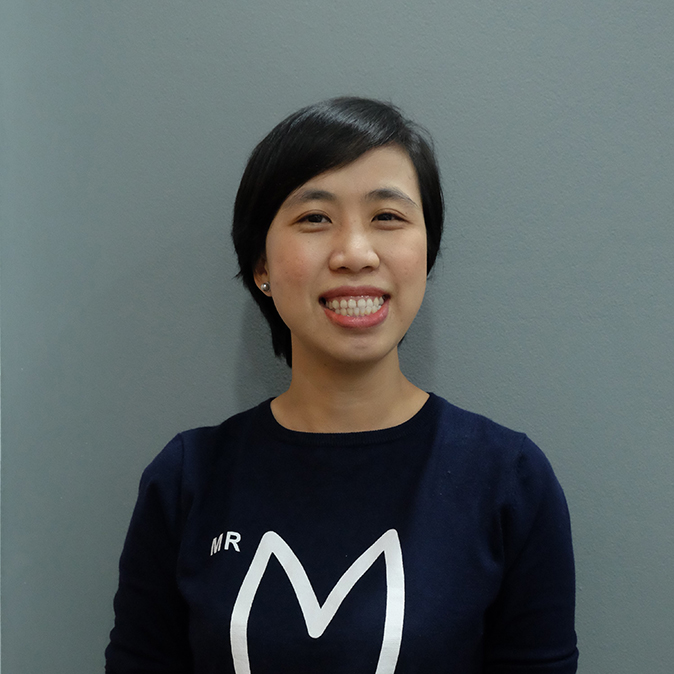
Hakuhodo Vietnam
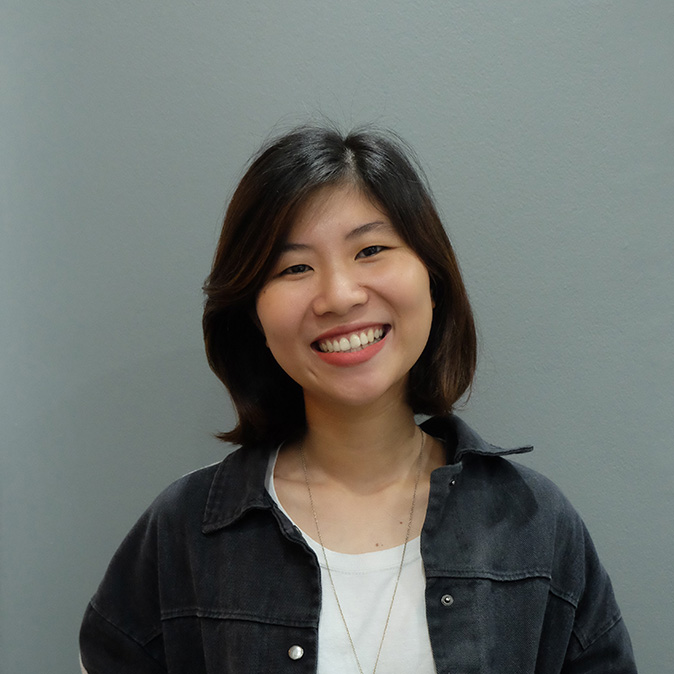
Hakuhodo & Saigon Advertising, Vietnam
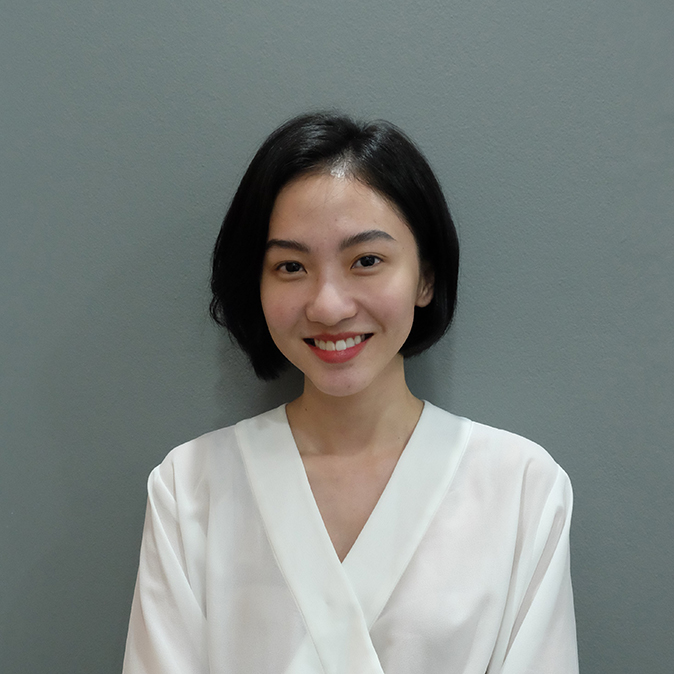
Hakuhodo Vietnam













